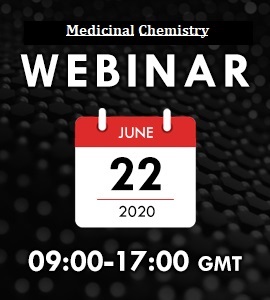
Neha V. Bhilare
Arvind Gavali College of Pharmacy, India
Title: Isoniazid-phenolic acid co-drugs: Synthesis, pharmacokinetics and investigation of antimycobacterial and hepatoprotective potential
Biography
Biography: Neha V. Bhilare
Abstract
Statement of the Problem: According to WHO statistics of 2018, there were an estimated 1.2 million TB deaths among HIV-negative people. Isoniazid is being used for more than 60 years in the treatment of this deadly disease, but emergence of resistance towards this drug and metabolic and morphological aberrations in the liver have raised serious concerns regarding its continued use in future.
Methodology & Theoretical Orientation: To overcome these hazardous effects, a novel hepatoprotective and antimycobacterial prodrug strategy was developed by combining INH with phenolic acids (gallic acid, syringic acid & vanillic acid) as antioxidant promoeities for probable synergistic effect. Prodrugs synthesized by Schotten Baumann reaction were characterized by spectral analysis and in vitro and in vivo release studies were carried out using HPLC. Their hepatoprotective potential was evaluated in male Wistar rats by performing the liver function tests, oxidative stress markers and histopathology studies. The antimycobacterial efficacy of prodrugs was examined in terms of its ability to decrease the lung bacillary load in Balb/c mice infected intravenously with Mycobacterium tuberculosis.
Findings: All the prodrugs were effective in abrogating oxidative stress and re-establishing the normal hepatic physiology. Especially the effect of prodrugs of INH with gallic acid and syringic acid in restoring the levels of enzymes superoxide dismutase and glutathione peroxidase and abrogating liver damage was noteworthy. The findings of antimycobacterial activity assessment evidently demonstrated that prodrugs were as potent as INH in lowering the mycobacterial load in mice.
Conclusion & Significance: The outcome of this investigation confirmed that the reported prodrugs can offer desirable safety and therapeutic benefit in management of tuberculosis.

